The Seafarer Vagabond 6.2 was launched in 1996 following the success of the twin-rigged Seafarer Victory 5.9 (in production 1992-97). The early 6.2m hulls were initially put out in a centre-console configuration and granted the tough-guy moniker Venom 6.2. Effectively, the Venom was the test bed for the Vagabond cuddy-cabin released later the same year. One of the early models starred alongside Erik Thomson (Packed to the Rafters) in Aussie TV series Pacific Drive. Needless to say, the Venom gave an Oscar-worthy performance as Australia’s equivalent of the Baywatch Scarab. The Venom took out AMIF Australian Fishing Boat of the Year in 1996 – an honour the Vagabond 6.2 would also snaffle the following year.
VAGABOND: MEET THE MAKER
The Vagabond didn’t just look good with an impeccable finish – it was built to the high standard insisted on by master craftsman Lindsay Fry. At one stage, he employed 150 people producing 360 boats a year. R&D at Seafarer was focused on perfecting hull and engine combinations to achieve optimum power-to-weight ratios and strike the exact centre of balance in the hull. Every hull was meticulously handlaid and weighed on a crane to ensure tolerances were met. Fry helped create an understated brand with a legendary reputation, but he didn’t believe in marketing beyond word of mouth – he didn’t have to. One of Seafarer’s slogans was that there was only one place in the world where a Seafarer boat was loved more than by its owner – and that was in the factory where it was built.
EARLY COMMERCIAL APPLICATIONS
The Vagabond model designation had been established on an earlier 5.8 Vagabond built from 1972 to 1985, a very popular boat in Northern Queensland. The 6.3 model built in the 1980s became a popular offshore fishing boat with appeal to buyers in both commercial and pleasure boat markets. The 6.3 hull was employed by Air Sea Rescue as well as in a variety of commercial applications from crabbing to abalone and shark fishing. The 6.2 hull featured a similar underwater form to the awardwinning 5.9, with increased centerline length, a wider integrated half-pod to accommodate twin engines, and enhanced freeboard and beam. Visually, the Vagabond’s deck shape heralded a new era of a softer, curved design. This ‘new-age’ look soon permeated the DNA of the entire Seafarer range, in particular the formidable Victory 6.0 launched in late 1997.
TIME OF THE TWIN RIGS
In the first five years of production, almost 200 Vagabond 6.2s were built, about 90 per cent fitted with twin Evinrude or Johnson V4 90hp or 115hp engines, weighing 144kg. As a testament to the efficiency of the hull shape, Seafarer endorsed engines down to twin 70hp or a single 130hp. Tested with twin 90hp Johnsons, four adults and 200 litres of fuel, the top speed of the 6.2 Vagabond was 43 knots. With one of these engines tilted completely clear of the water, the boat could be easily brought onto the plane from a dead stop and wind out to a top speed of 27 knots.

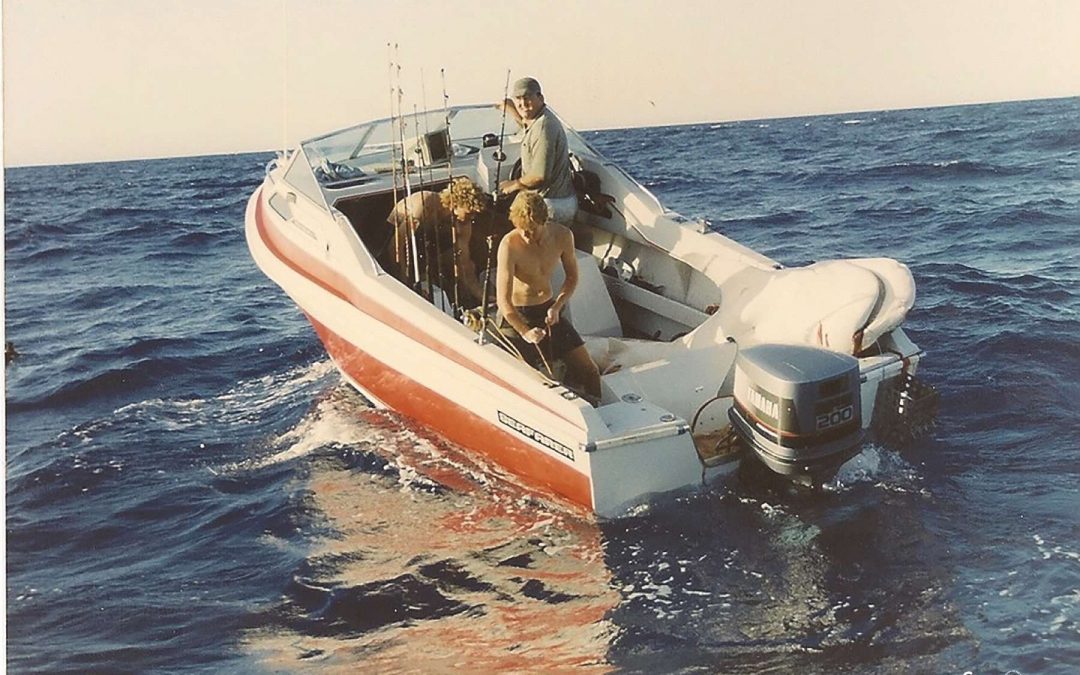
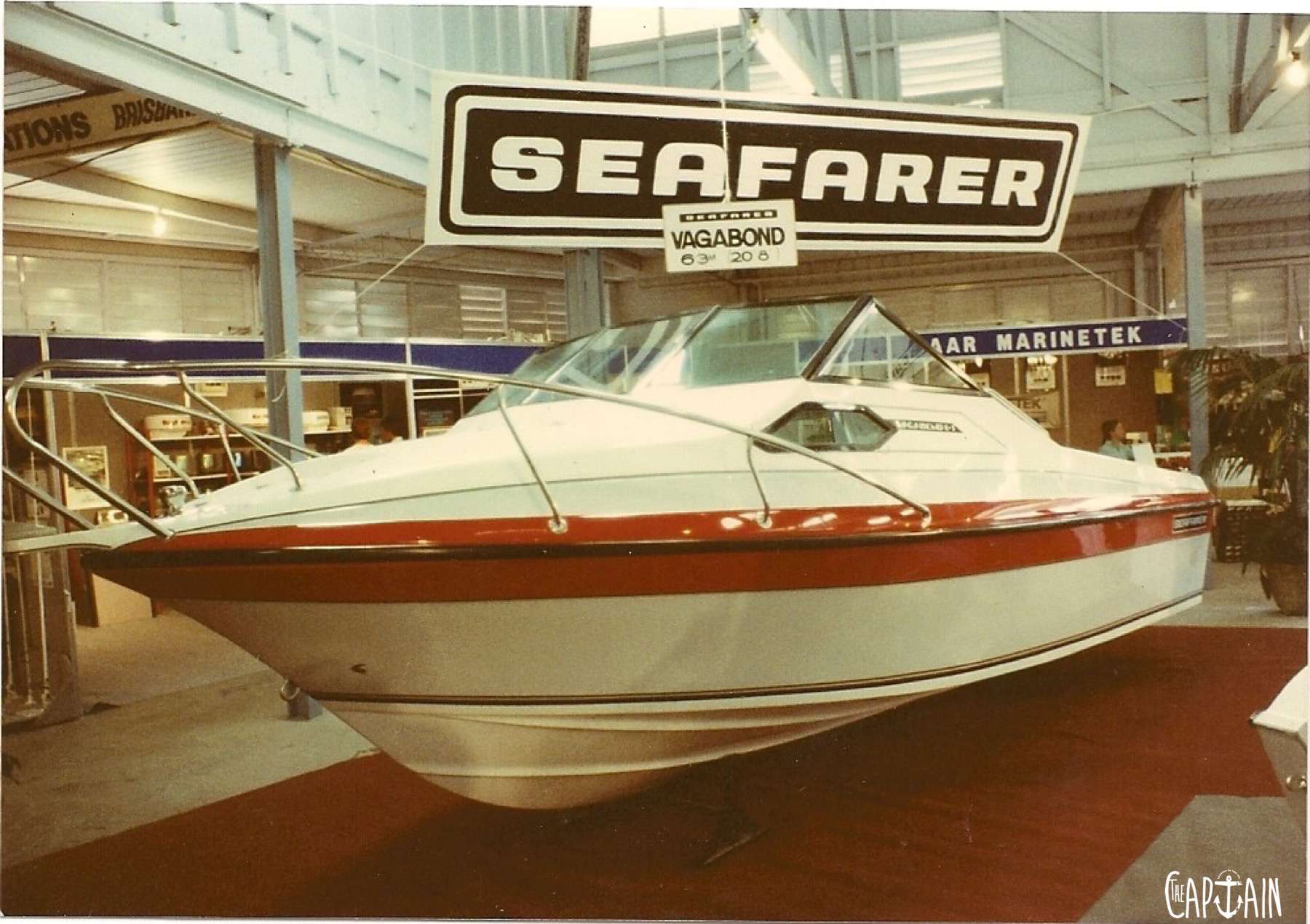
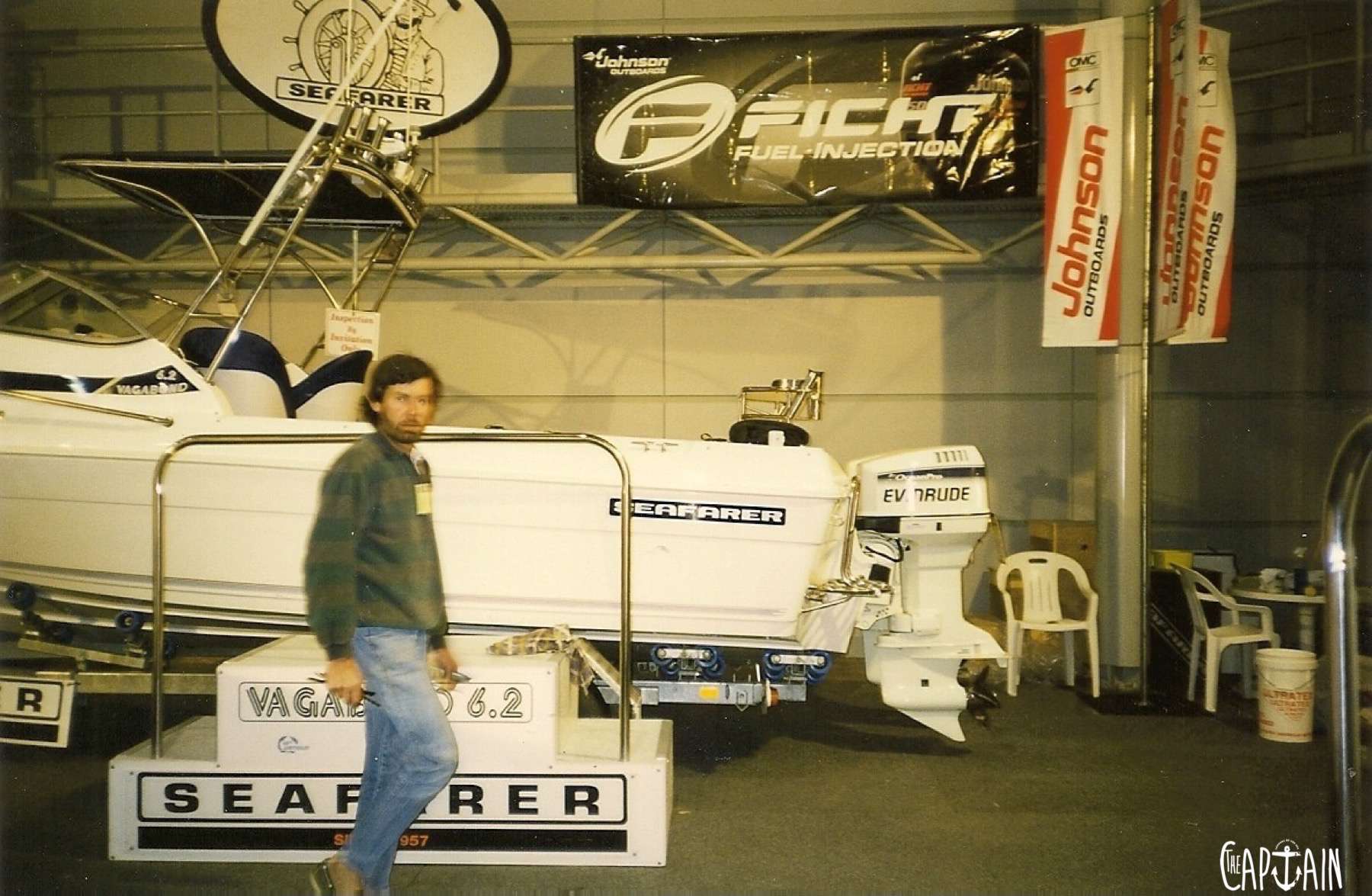
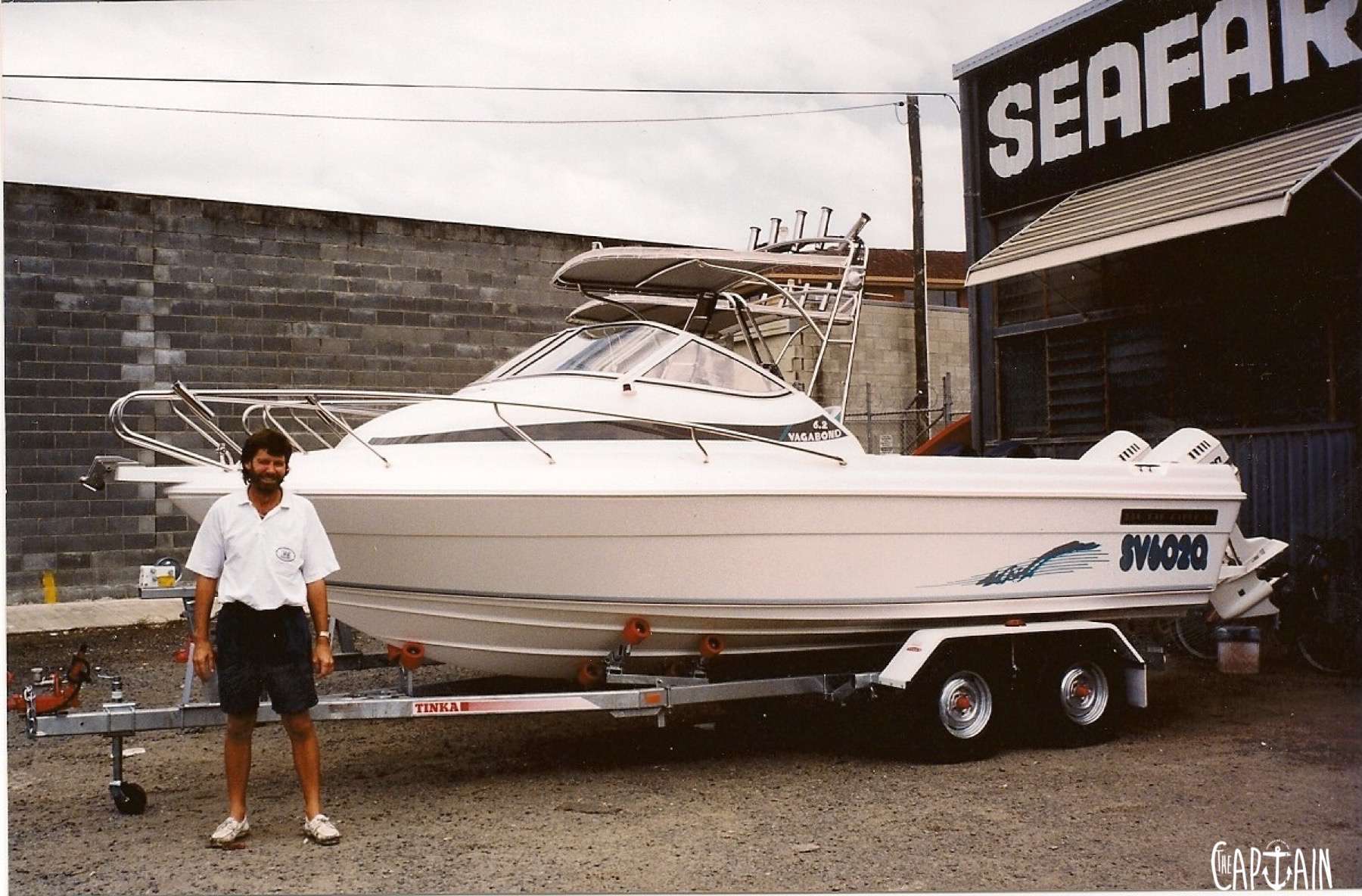
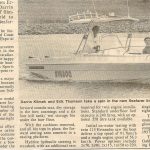
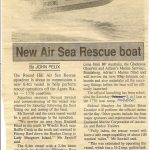
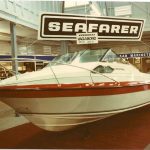
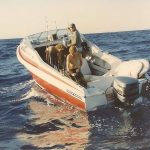
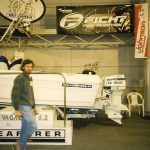
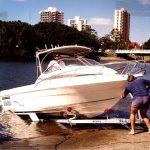
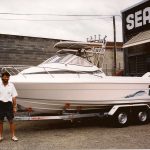
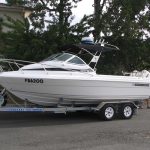
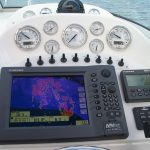
Recent Comments